Because of its vastness, it is not easy to describe Anatolia in a few pages, this region so rich in history, culture and diverse landscapes. We therefore choose a single itinerary, different from the usual routes and far from the most beaten tourist destinations. A journey inside a people, the Laz, the ancient people, to discover their customs, habits and traditions. The Laz ethnic group lives in the valleys between the cities of Rize and Trabzon and still speaks the Laz language, which is a very special idiom in that it is only spoken and not written. For this reason, many of its traditions have been lost over the years and the information and news that is available has come down to us orally.
To get to know the special world of the Laz, there is no better way than to attend one of the festivals held throughout the year near Rize. It is on this occasion that one can listen to the Lazuri music born from the use of certain instruments such as the guda, kemenche, zurna and doli. The combination of these instruments, similar respectively to our tambourine, oboe and violin, gives rise to unmistakable and very special sounds. The traditional costumes are also distinctive and beautiful: the women wear very colourful red and brown striped shawls, the men are almost always dressed in black. Within this ancient people, traditions are still highly respected and the man is considered the head of the family to all intents and purposes.
But let’s see how we can organise our trip to see the world of the Laz up close.
We propose an itinerary along the Black Sea coast, from Istanbul in Thrace to the Kaçkar Mountains.
The itinerary starts in the heart of the old city of the Turkish capital, Istanbul. It is a magical city with breathtakingly beautiful mosques, such as the Sultan Ahmet Mosque, known as the Blue Mosque (Torun Sokak 19; https://www.istanbulturchia.it/moschea-blu/; entrance forbidden during prayer), so called because of the majolica tiles lining its walls and dome, the finest example of Islamic art. With its tall minarets, of which there are no fewer than six, the mosque dominates the entire city. The interior is richly decorated and the colours used are white, red, black and blue, and the light penetrating through the windows creates an atmosphere reminiscent of The Thousand and One Nights – Aladdin and Sherazade. Also beautiful is the imperial loggia that could be reached by the sultan on horseback.
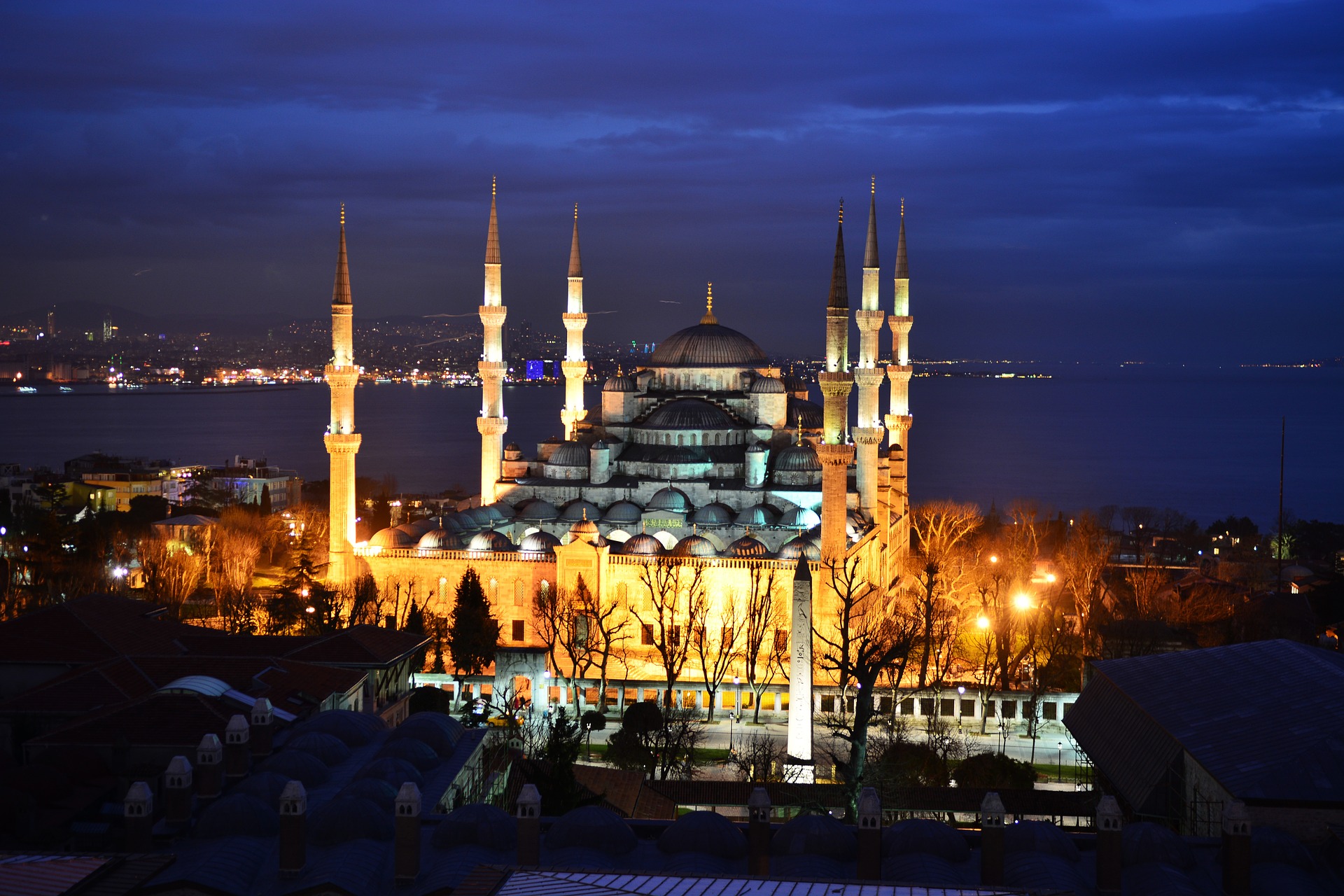
Another architectural masterpiece is Topkapi Palace ( www.topkapisarayi.gov.tr), which was the imperial residence from the reign of Sultan Muhammad II until that of Mahmut II. Since 1924, the complex has become a museum so that the whole world can admire its magnificence. To enter the menagerie one passes through the gate called Ortakapi, which means ‘middle gate’. On either side stand two octagonal towers. This is where the guards and executioners were housed and where the cells of those sentenced to death were located. This gate leads into the second courtyard known as the ‘Piazza del Divano’, surrounded by tall cypress trees. To the right of the entrance are the kitchens, which at the time housed around 1,100 people preparing meals. Think that the sultan would only eat after his dish had been tasted by five people. In front of the kitchens, one can admire beautiful jewellery of the period as well as Bohemian glassware. At the end of the second court is the door of happiness (Bab-i-Saadet) reserved for the sultan’s private use.
We then find the audience hall, a small pavilion used to receive the various ambassadors. And here we come to the definitely most interesting part of the Seraglio, an area that holds the jewels and many precious objects. The Emerald Hall will also leave you stunned at the opulence and opulence desired by the sultans. In the fourth court you will find the imperial kiosks. Don’t miss a visit to the harem, which translated from Arabic means ‘forbidden thing’. Only the sultan could enter here to find his wives and concubines inside. This is a very small part of what this splendid palace offers; to visit it in its entirety could take days.
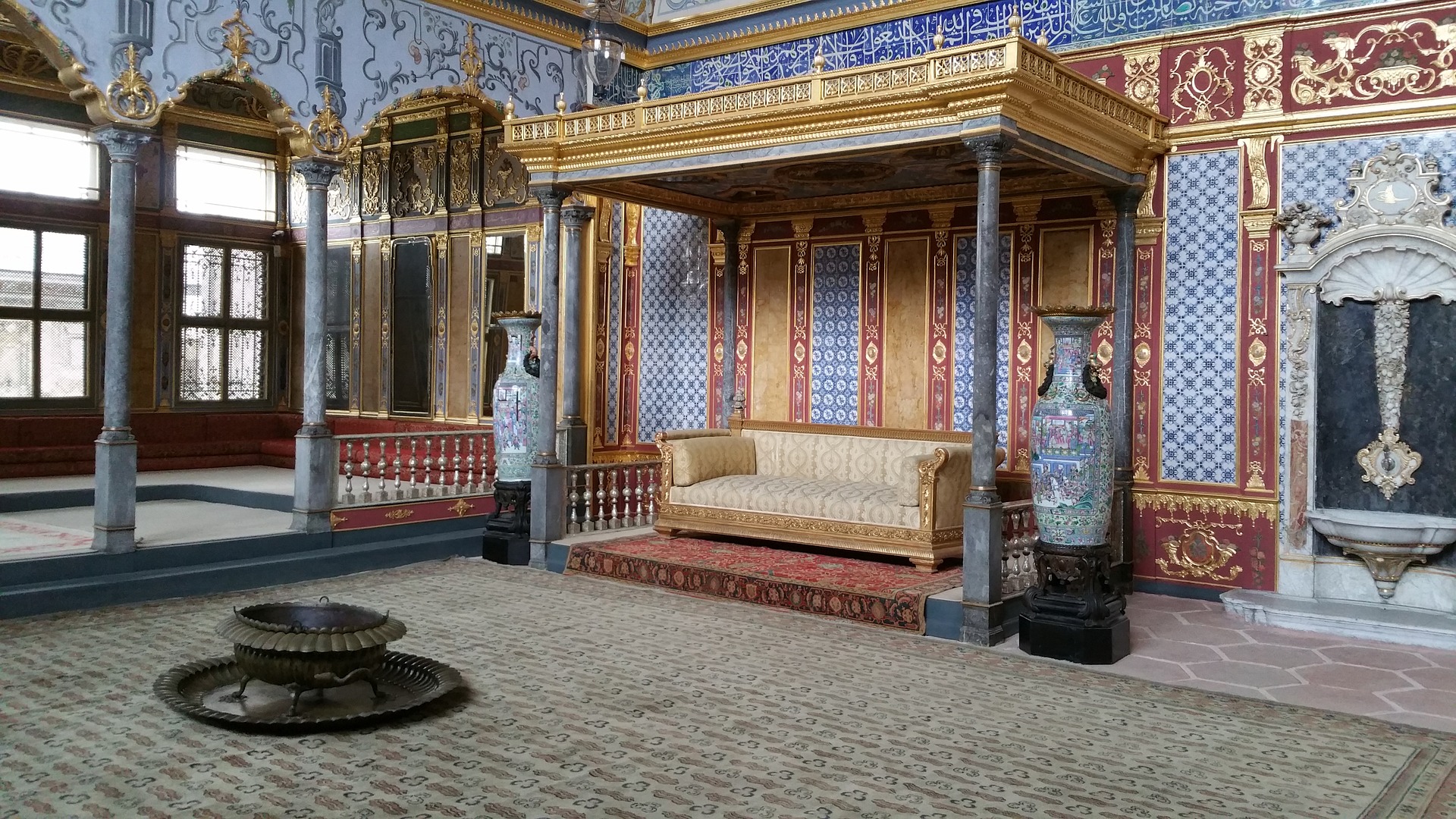
Another very beautiful mosque is the Mosque of Suleiman the Magnificent with its large stained glass windows and a niche pointing in the direction of Mecca.
For many, it is the most beautiful and was also so for Suleiman the Magnificent that legend has it that when he saw his completed mosque, he said to the architect Sinan: “I will not be remembered in the future for the many achievements I made but for this mosque”.
Nearby, don’t miss a long visit to the bazaars, Istanbul’s characteristic places. In particular the Grand Bazaar (Kapali Carsi): 4,000 shops and stalls where it will be easy to buy souvenirs for friends. If, on the other hand, you want to lose yourself in the smells of spices, you can visit the Spice Bazaar (Misis Carsisi) or lovers of antique books can pop into the Antique Book Bazaar.

The old city is separated from modern Istanbul, concentrated in the Beyoglu district, by the Galata Bridge, Istanbul’s most famous bridge.
We now continue from Istanbul eastwards along the coastal highway to admire two beautiful locations Amasra, a very quiet port town with few tourists and therefore untouched. A few hours is more than enough time to see some of its main sights such as the large port, the small port, and the citadel with its Byzantine remains.
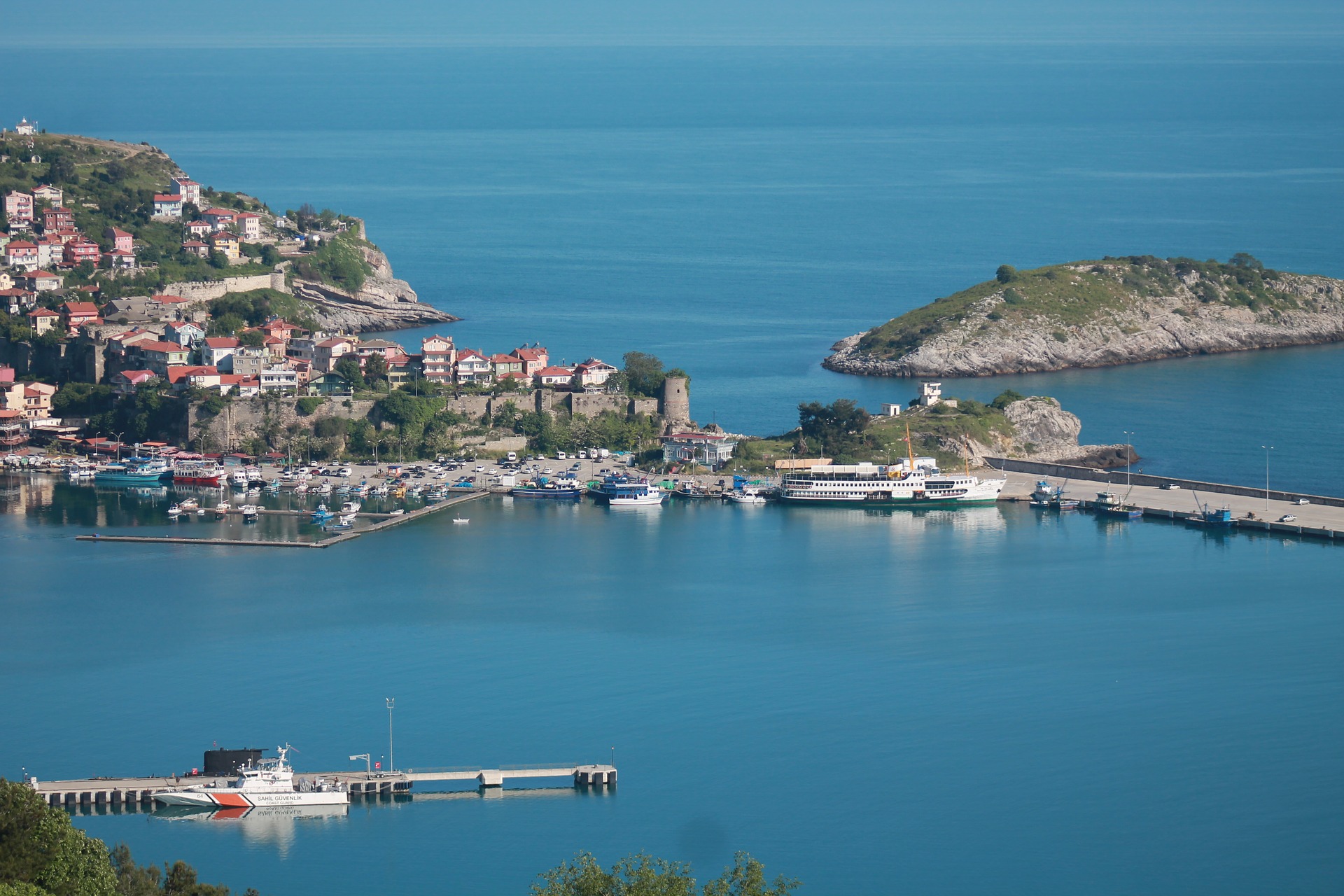
Back on the road, we continue on to Sinop, another characteristic locality. What will strike you, however, is the stretch of road to reach it as it winds between sheer cliffs and promontories. There are also beautiful beaches and coves where you can stop for a well-deserved rest after so many hours of travelling.
Upon arriving in Sinop, you will find yourself thrown into a buzzing atmosphere. Admire the walls surrounding the town, take a long walk and enjoy the beautiful views. Pay a visit to the prison where many scenes from the film ‘Midnight Escape’ were filmed. The surrounding area is also worth a visit and there are many places that organise excursions.
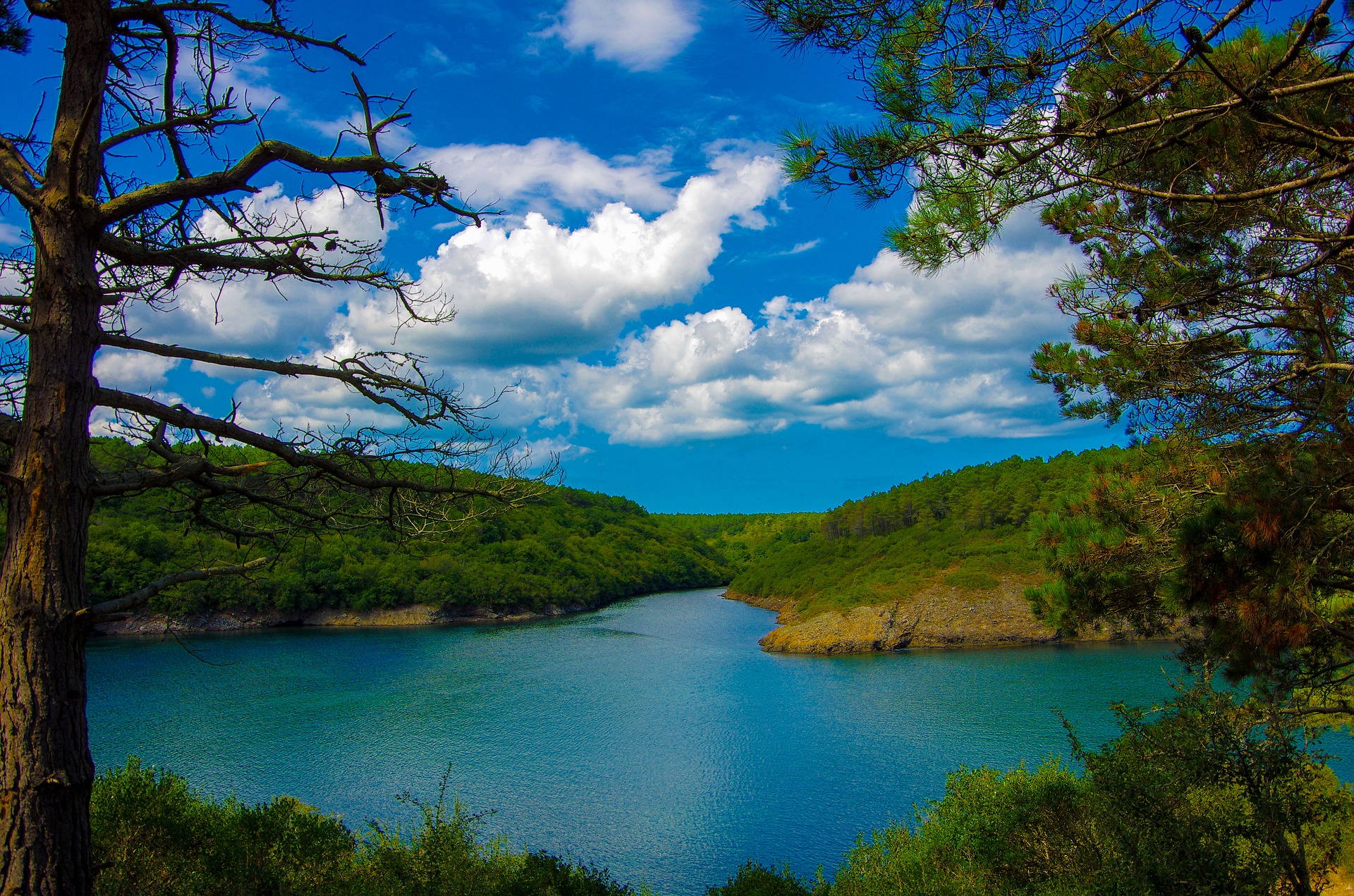
Continuing on for another 168 km or so, you reach Samsun, considered one of Turkey’s most modern cities. Here you will notice various ancient, oriental and modern aspects. There are many sandy beaches where events are organised. It has a special location between the mouths of the Red River and the Green River.
Take the car back and enjoy the spectacular landscapes along the coastal road. Stop off in Ordu because it has a promenade surrounded by palm trees and a centre with narrow, winding streets that are very characteristic. Enjoy a ride on the cable car to admire the scenery. In the old town, visit the Pasha Palace and the Archaeological Museum. Travel another 40 km and you will find yourself in Giresum, which, translated from Greek, means cherry. Strange isn’t it? Hazelnuts are cultivated here. Treat yourself to a swim in the cool waters of the Black Sea and a relaxing, romantic walk in the park on the hill. The spectacle of the panorama you will admire will give you great emotions.
The itinerary resumes in the direction of Trabzon, a cosmopolitan if historic coastal city. Visit the medieval church of Aya Sofya. West of the centre visit the picturesque bazaar quarter. Don’t miss the port, one of the liveliest and most active in the east, trading with Georgia, Iran and Armenia. The harbour extends east of the main square where cafes and restaurants are concentrated.

Drive about 50 km to reach the Greek Orthodox monastery dedicated to the Virgin Mary: founded in Byzantine times, it is a must-see, a real Black Sea jewel. The monastery is located on a cliff overlooking the Altindere valley, at an altitude of 1,200 metres. The route is wonderful with fascinating natural scenery.
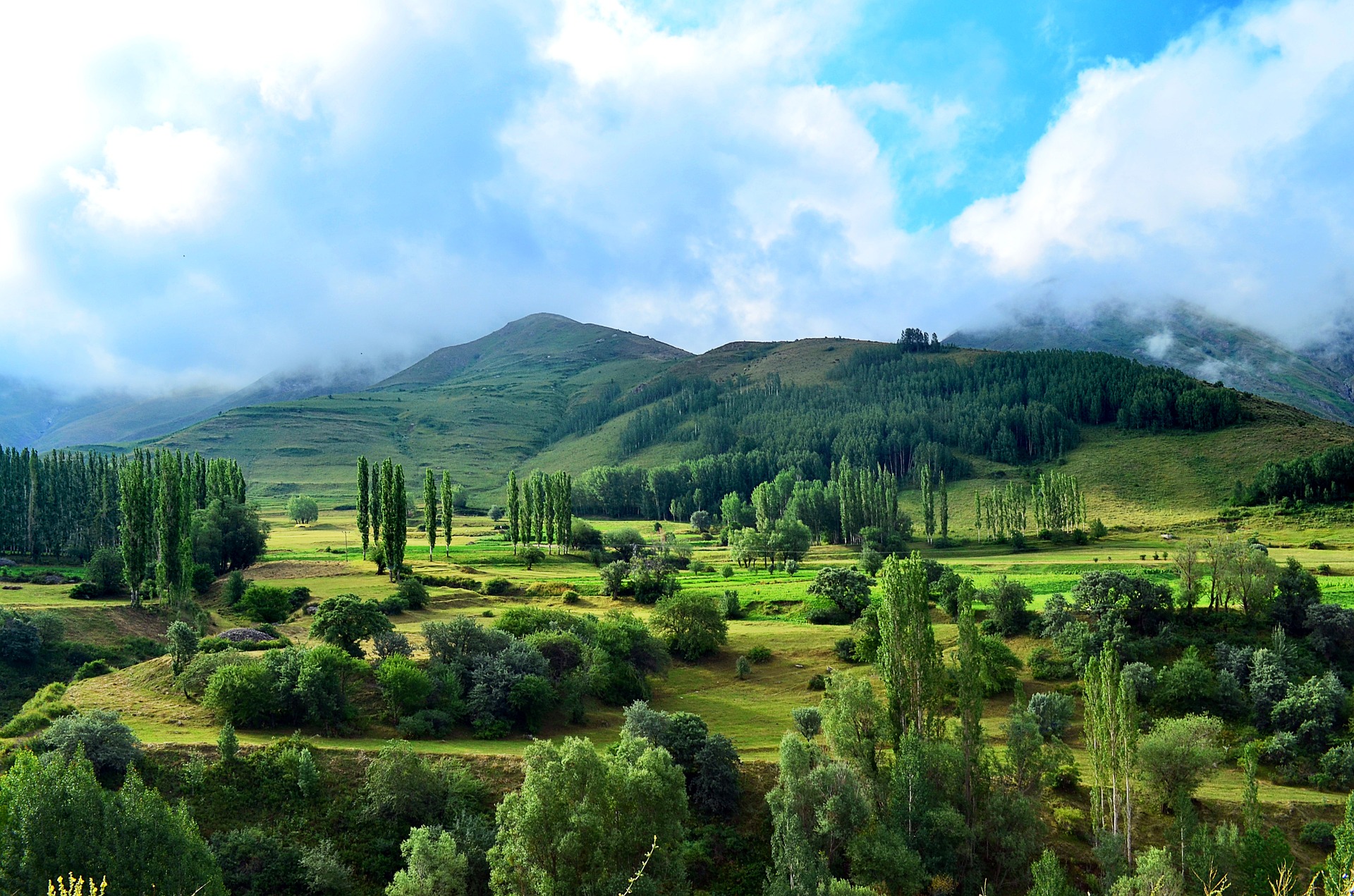
And here we come to the last stage of our itinerary along the Black Sea coast leading into north-eastern Anatolia. Travelling along the E97 you reach Rize in the heart of the tea plantations and the last outpost of the Laz ethnic group. The Laz are known as the ‘fishing people’ by the Turks but in reality they are great tea and maize growers. They were also great producers of hazelnuts and then, with the advent and introduction of various cultures, switched to the much more profitable and in-demand cultivation of tea.
Interesting is a visit to the tea factory in which there is also a room where you can taste the various infusions prepared according to tradition. There is also a museum in the town that will give you an insight into the culture and traditions of this people.
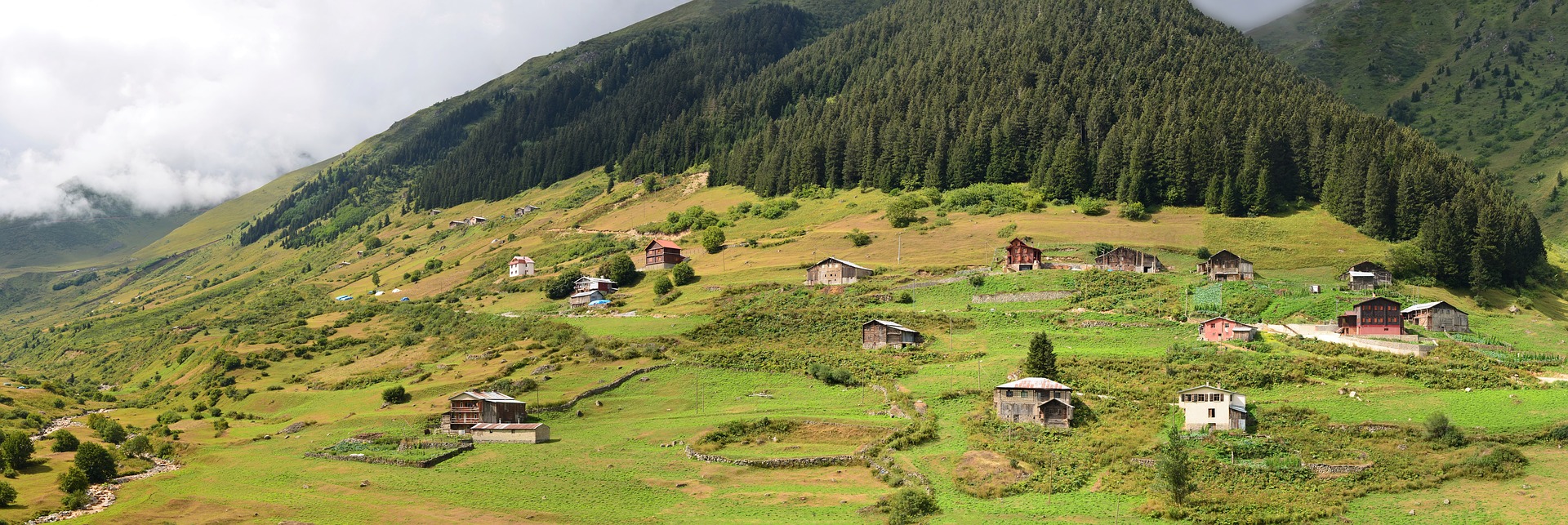
After leaving Rize and the coastal road, you enter the valleys of the Kaçkar Mountains. A spectacle! The valleys are characterised by forests, pastures and plateaus that slowly rise to 2,000 metres. At 3,900 metres, the highest peak towers, Mount Kaçkar, perpetually covered in snow and therefore a popular ski resort.
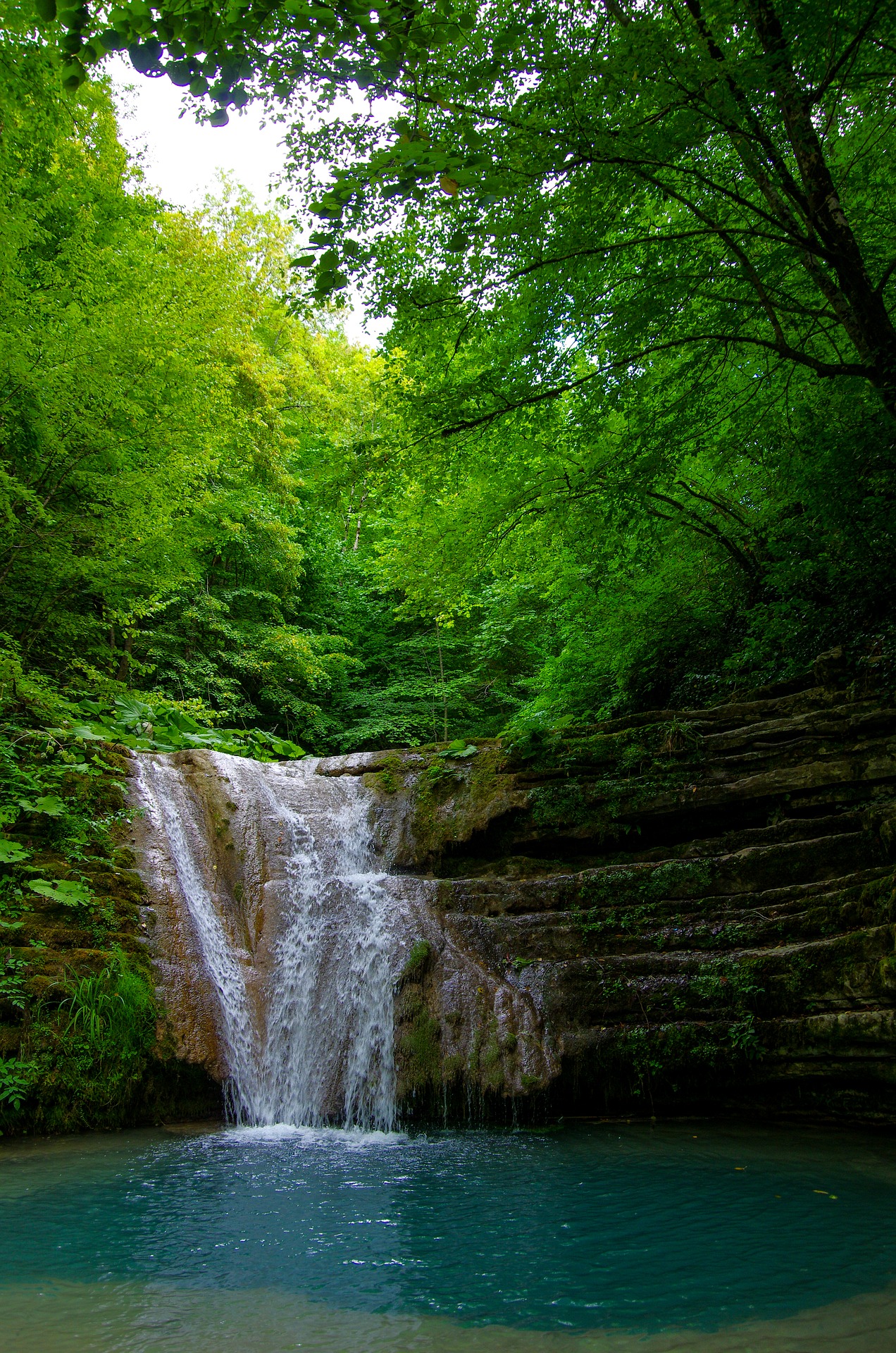
This is where our journey ends. A journey rich in history and testimonies and spectacular nature, to say the least.











